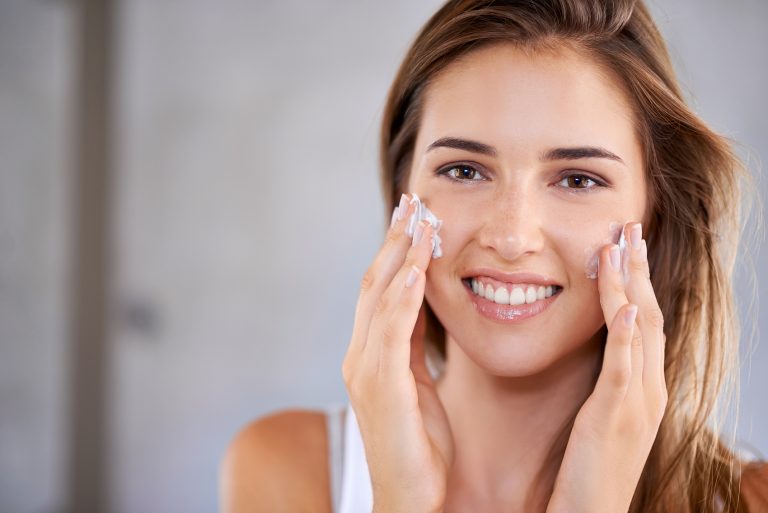Fragrance and fashion have been intertwined for centuries, dating back to ancient civilizations. In ancient Egypt, fragrances were used in religious ceremonies and as personal adornments. In Greece and Rome, perfumes were luxury items that also served to mask unpleasant odors. By the Middle Ages, perfumes were popular among the wealthy, made from ingredients like rose water, lavender, and musk. During the Renaissance, as cities grew more crowded, perfumes became more widely used to cover the smells of urban life.
By the 18th century, fragrances were not only popular but also started to be incorporated into clothing and accessories, with items like perfumed gloves and stockings becoming fashionable among the elite. In the 20th century, the connection between fragrance and fashion evolved further, with designers launching their own fragrances and integrating them into their collections. Today, fragrances are a key aspect of the fashion industry, enhancing the overall style and brand identity of many designers.

How Fragrance Enhances the Fashion Experience
Fragrance plays a significant role in enhancing the fashion experience by creating a sensory journey for the wearer and those around them. Scents can evoke emotions, trigger memories, and convey a specific message or mood, making fashion more personal and memorable.
Fragrances can also complement or contrast with outfits, adding another layer of expression. For instance, a floral scent pairs well with a romantic, flowy dress, while a musky fragrance might add an edge to a structured, bold outfit. This interplay helps create a cohesive and polished look.
In addition, fragrances can set the tone for events or fashion shows. A warm, comforting scent can create an inviting atmosphere, while a bold, energetic fragrance can invigorate the space. Fragrance also plays a role in branding, as many designers use their signature scents to communicate their brand’s values, aesthetics, and target audience.
Different Types of Fragrances and Their Fashion Pairings
There are various types of fragrances, each with distinct scents that align with specific fashion styles:
- Floral Fragrances: Scents like jasmine, rose, and lavender are associated with romantic and feminine styles, enhancing flowy dresses and adding elegance to formal attire.
- Citrus Fragrances: Fresh and lively, citrus scents like lemon, orange, and grapefruit pair well with casual, preppy, and summer looks, adding a burst of energy to any outfit.
- Woody Fragrances: Scents like sandalwood, cedar, and patchouli convey earthy, natural, and masculine vibes, perfect for rugged outdoor attire or adding sophistication to formal wear.
- Spicy Fragrances: With notes of cinnamon, nutmeg, and pepper, spicy scents evoke bold, exotic, and mysterious styles, ideal for edgy or avant-garde fashion choices.
- Fresh Fragrances: Clean scents like green tea, cucumber, and mint suit minimalistic, simple clothing, bringing a sense of freshness and ease to formal or casual outfits.
Additionally, specific fragrances like Cherry Vanilla, a gourmand scent with sweet and comforting notes, are linked to playful, feminine, and romantic styles. Such fragrances are versatile enough to complement casual looks like sundresses or denim shorts, while also adding warmth to more formal ensembles.

The Future of Fragrance and Fashion
Looking ahead, the relationship between fragrance and fashion is likely to evolve with several potential trends:
- Sustainability: As environmental awareness grows, there will be a push for fragrances made with sustainable and natural ingredients, alongside eco-friendly packaging.
- Personalization: Advancements in technology may lead to personalized fragrances tailored to individual preferences and body chemistry, offering a more customized experience.
- Virtual Reality: VR could allow customers to experience fragrances in a virtual setting before purchasing, making the shopping experience more immersive.
- Gender-Neutral Fragrances: With the rise of gender-neutral fashion, there could be a corresponding increase in unisex fragrances suitable for all.
- Enhanced Integration with Fashion: Fragrance may become even more integral to fashion, with designers continuing to release scents that align with their collections and brand identity.
- Technology Integration: Smart devices and apps could offer new ways to control fragrance intensity or customize scents on demand, further personalizing the experience.
Conclusion
Fragrance and fashion are both essential in creating a complete and polished look. Fragrance adds a sensory layer, complements or contrasts with clothing, sets the mood, and helps define brand identity, while fashion expresses personal style, mood, and cultural influences. Together, they work to create a cohesive and striking appearance that reflects individual personality and taste.
Experimenting with different fragrances and styles can help you find the perfect match and make a lasting impression. In a world that places high value on appearance, paying attention to how these elements interact can elevate your fashion game and ensure you always put your best foot forward.






